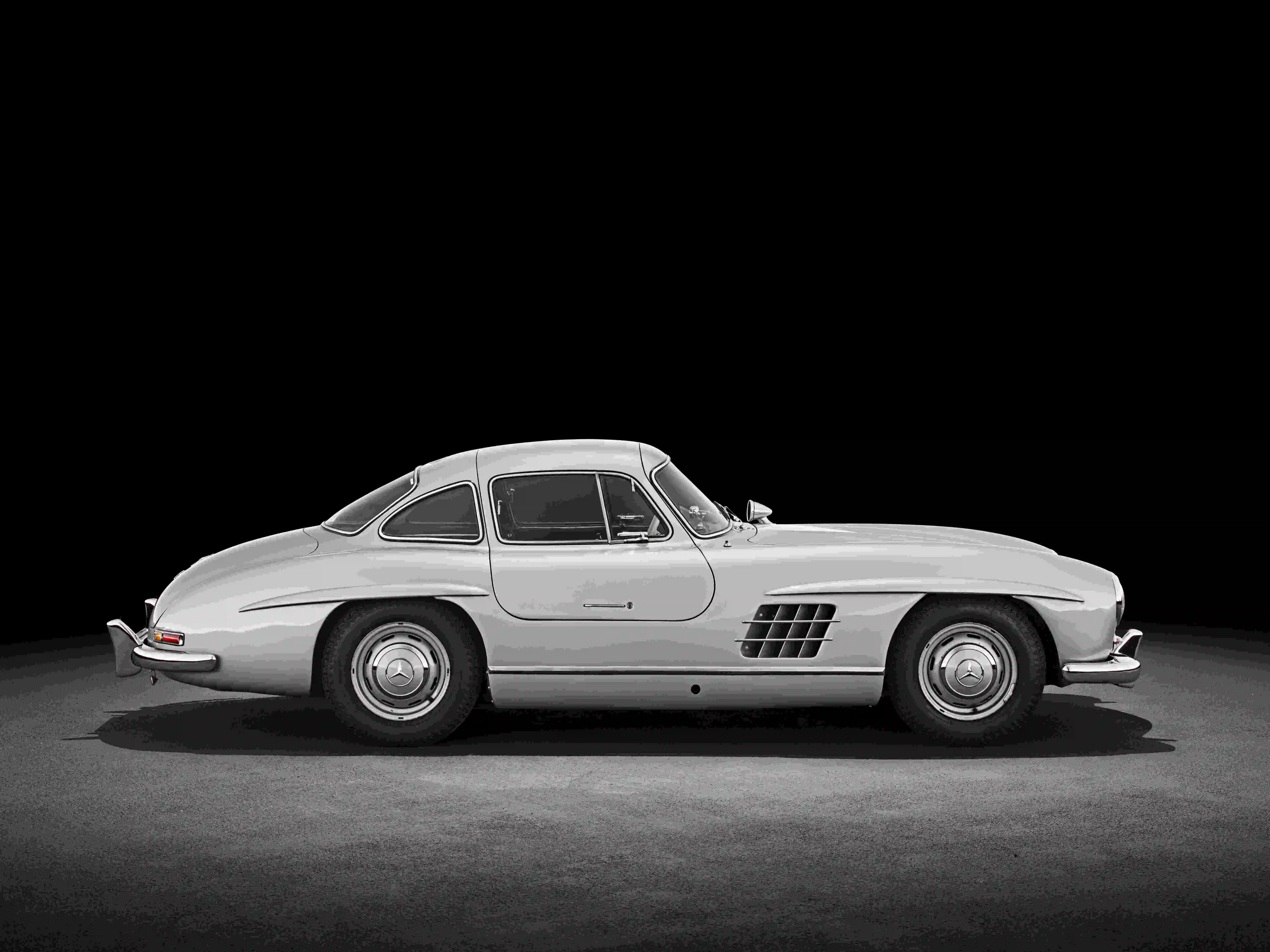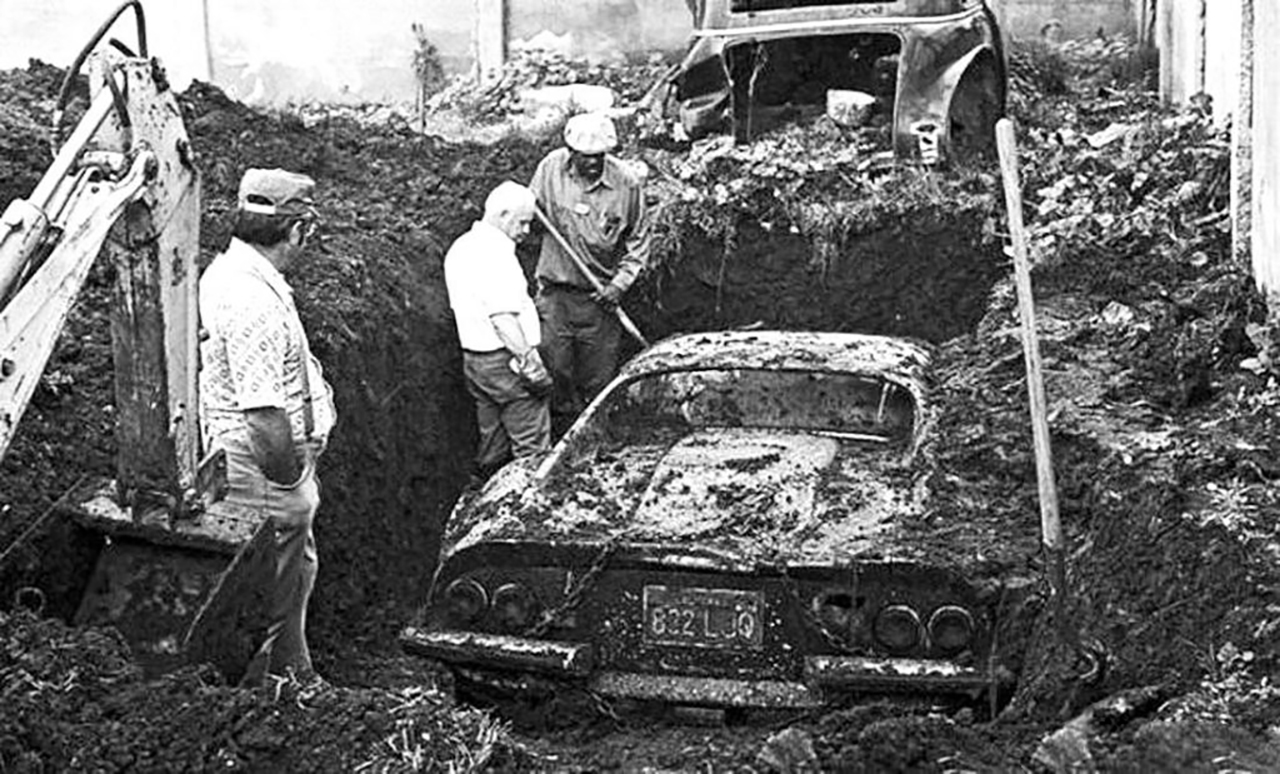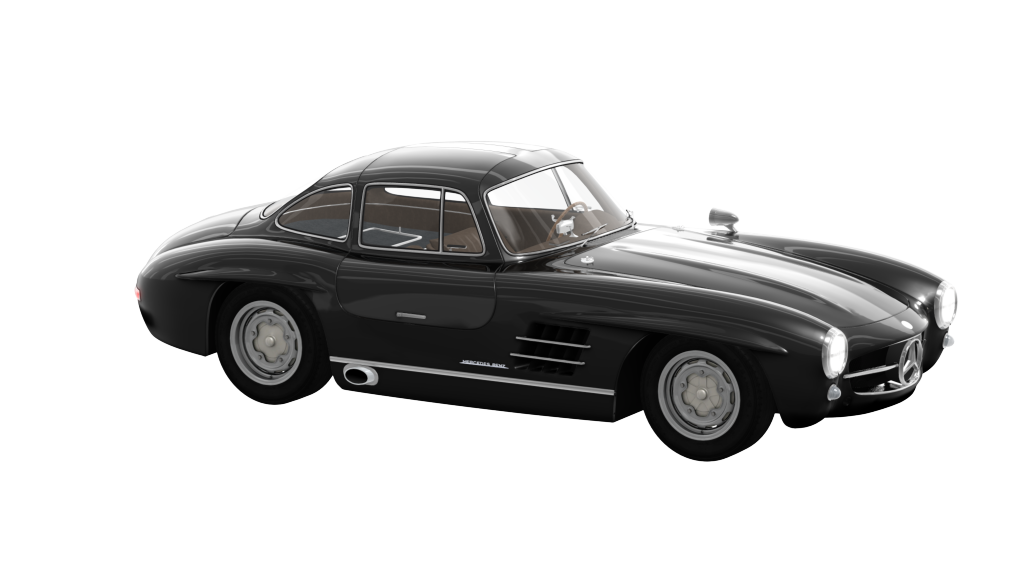Mercedes 300 SL Gullwing. The car of the Century
21 October 2023 2 min read 5 images

Photo credit: Mercedes-Benz
Who: The role of Maximilian E. Hoffman was pivotal in the development of the production sports car derived from the 300 SL W194 race car. As the official Mercedes-Benz importer for the U.S. market since January 1952, Hoffman sensed the commercial potential of a high-performance road car after the W194’s success at the Carrera Panamericana. Stuttgart took up the challenge, and one of the undisputed icons of automotive history was born: the 300 SL W198, later nicknamed the Gullwing
Register to unlock this article
Signing up is free and gives you access to hundreds of articles and additional benefits. See what’s included in your free membership. See what's included in your free membership.
Already have an account? Log In



